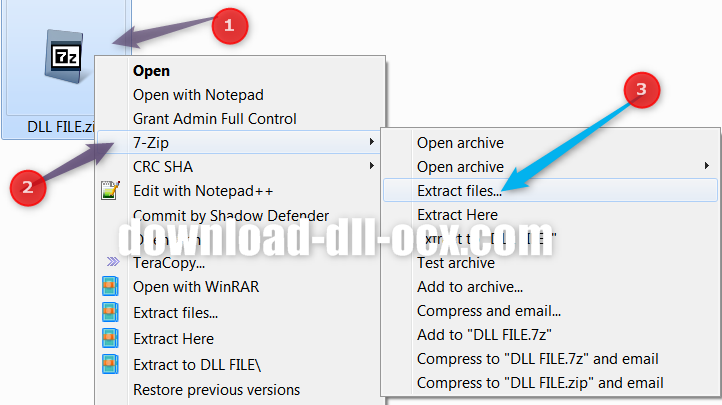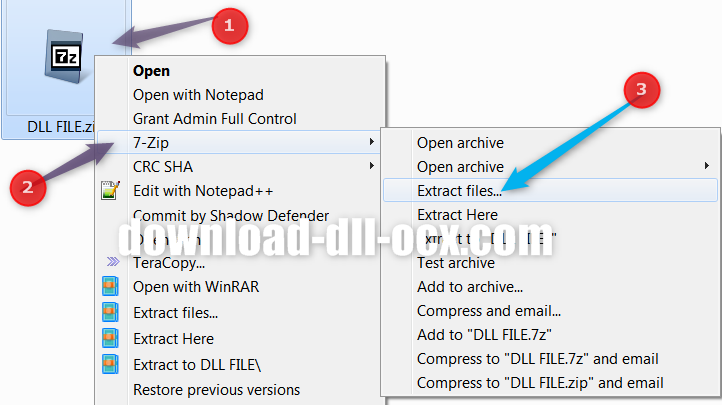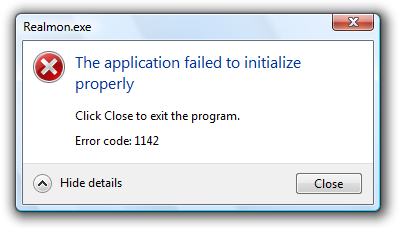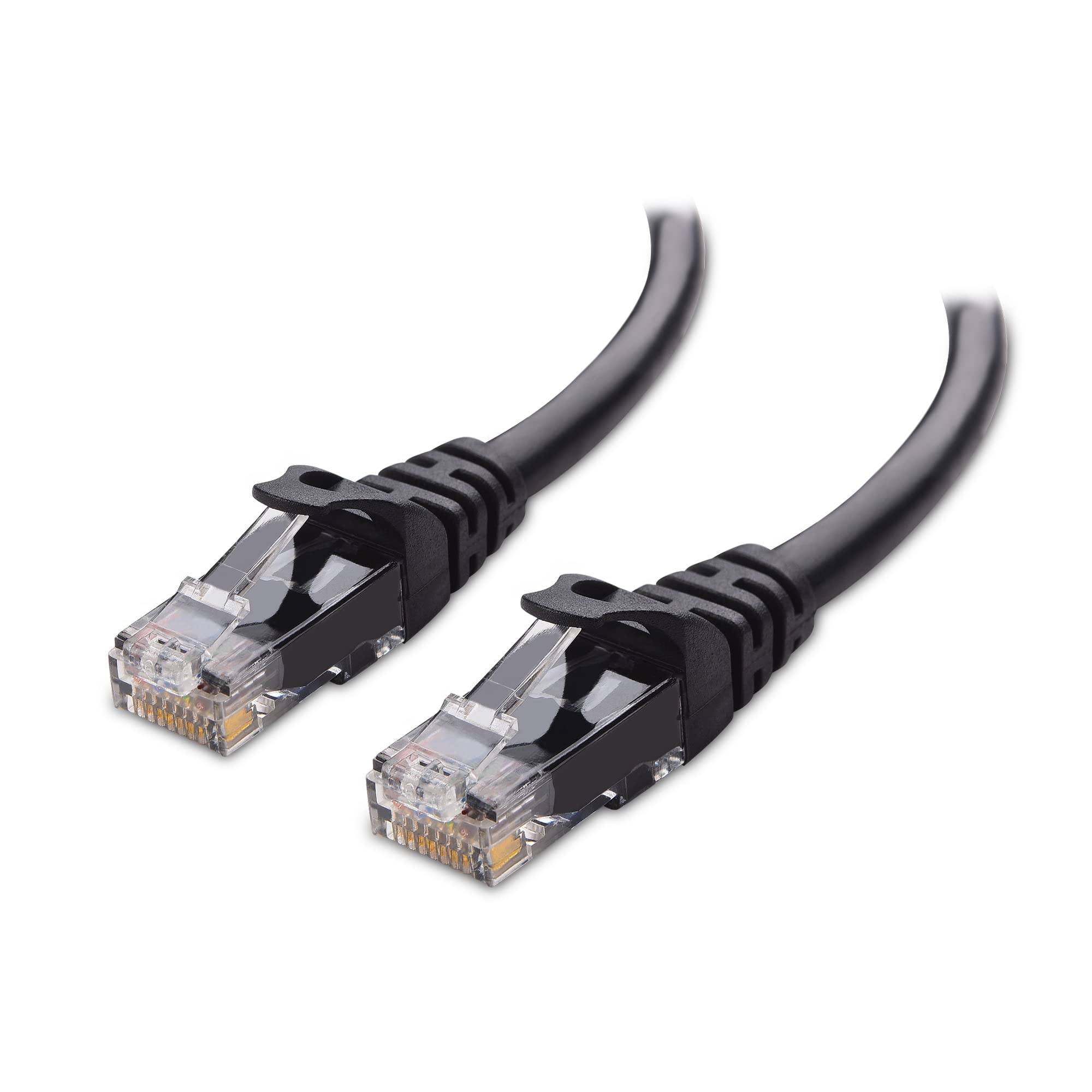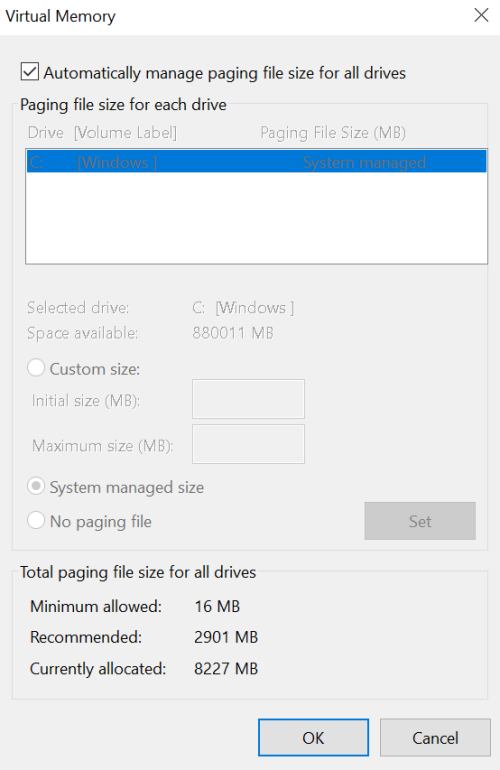Welcome to our comprehensive guide on fixing secur32.dll errors. In this article, we will provide you with a simple and effective solution, available for free download, to resolve this common issue. So, let’s dive in and get your system back on track without any hassle.
Understanding Secur32.dll Errors
Secur32. dll errors can occur in various situations and can cause problems with your PC and applications. These errors may be due to corruption or missing files, registry problems, or even a virus threat. To fix these errors, you can download the Secur32. dll file from a reliable source like dll-files. com.
Once downloaded, copy the file to the C: \Windows\System32 folder on your computer. If the error persists, you can use the System File Checker tool to scan and repair any corrupted files. It’s important to note that some errors may require additional steps or support from Microsoft. To learn more about specific error messages or for further assistance, you can visit the Microsoft support website at www. microsoft.
com.
Resolving Secur32.dll Errors
- Understanding the Secur32.dll Error: Learn about the common causes and symptoms of Secur32.dll errors.
- Performing a System Scan: Use a reliable antivirus or security software to scan your system for any malware or viruses that may be causing the Secur32.dll error.
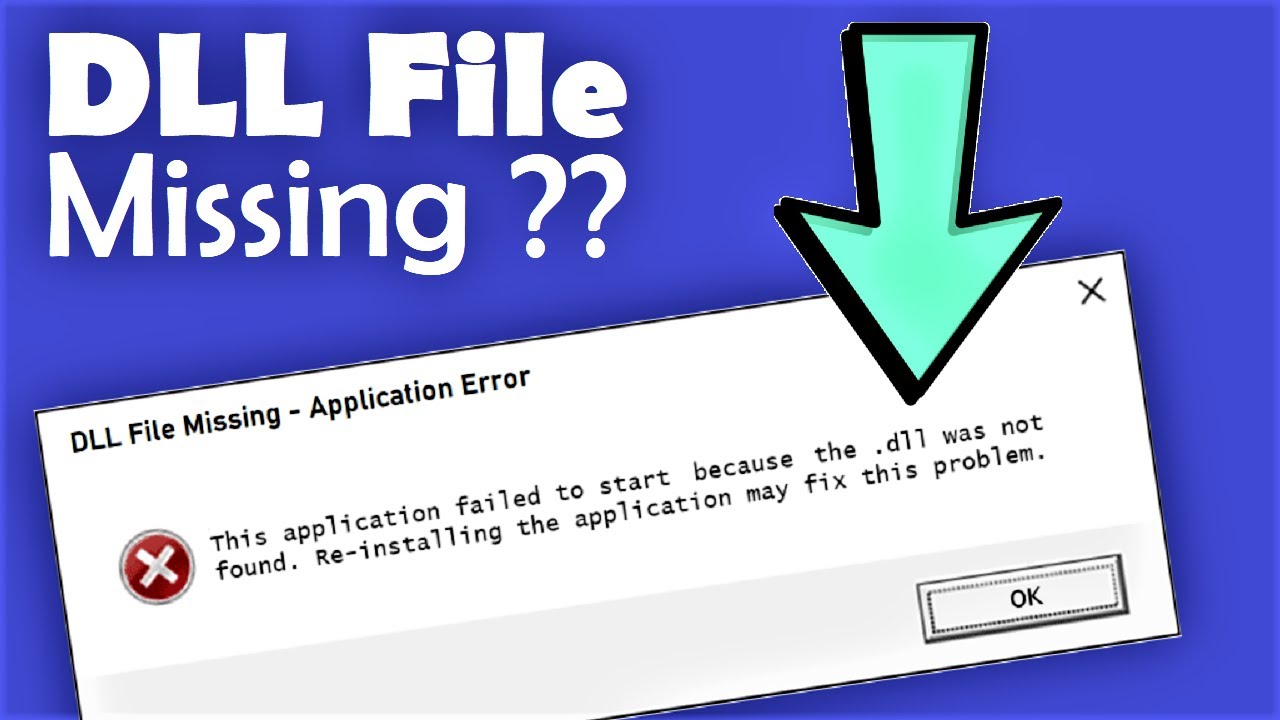
- Updating Windows: Make sure that your operating system is up to date with the latest patches and security updates from Microsoft.
- Repairing or Reinstalling the Application: Try repairing or reinstalling the application that is generating the Secur32.dll error to resolve any potential software conflicts.
- Checking for Hardware Issues: Verify that all your hardware components, such as the hard drive or RAM, are functioning properly and are not causing the Secur32.dll error.
- Performing a System Restore: Use the System Restore feature to revert your computer’s settings to a previous point in time when the Secur32.dll error was not present.
- Updating Device Drivers: Ensure that all your device drivers are up to date, as outdated or incompatible drivers can lead to Secur32.dll errors.
- Running a Windows File Checker Scan: Use the built-in Windows File Checker tool to scan for and repair any corrupted or missing system files that may be related to the Secur32.dll error.
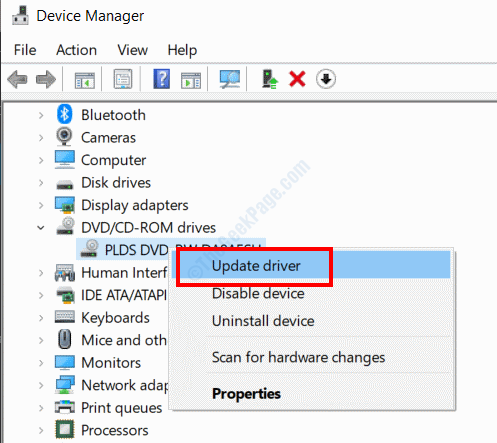
- Performing a Clean Boot: Start your computer in a clean boot state to eliminate any software conflicts that may be causing the Secur32.dll error.
- Contacting Microsoft Support: If all else fails, reach out to Microsoft Support for further assistance and guidance in resolving the Secur32.dll error.
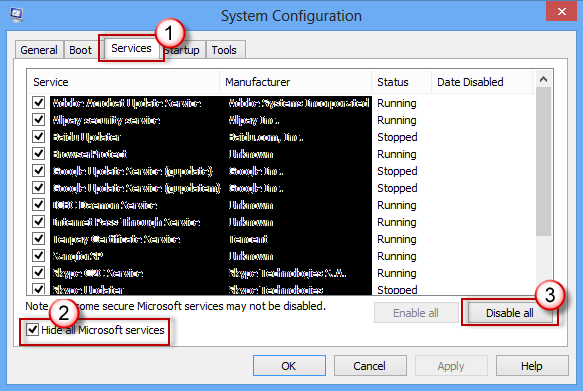
Seeking Additional Assistance
If you’re experiencing a Secur32.dll error on your Windows PC, we’re here to help. This error can occur due to various reasons such as corruption or missing files. To fix this issue, follow these steps:
1. Open the Command Prompt by pressing the Windows key + R, then type “cmd” and press Enter.
2. In the Command Prompt, type “sfc /scannow” and press Enter. This will run the System File Checker tool to scan and repair any corrupted system files.
3. If the error persists, you can try reinstalling the program or application that is showing the error. Make sure to download the program from a trusted source such as www.microsoft.com or official software websites.
4. Another option is to use a reputable DLL finder and download the Secur32.dll file specifically for your Windows version (Windows XP, Windows 7, Windows 8, etc.).
5. Lastly, check your computer for any viruses or malware that may be causing the error. Run a thorough scan using your antivirus software or Windows Defender.
cpp
#include
#include
#include
int main() {
// Function pointers for secur32.dll functions
CtxtHandle securityContext;
SECURITY_STATUS status;
// Acquire the current user's security context
status = AcquireCredentialsHandle(nullptr, L"NTLM", SECPKG_CRED_INBOUND, nullptr, nullptr, nullptr, nullptr, &securityContext, nullptr);
if (status != SEC_E_OK) {
std::cout << "Failed to acquire security context. Error code: " << status << std::endl;
return 1;
}
// Example usage: Print the security context's handle
std::cout << "Security Context Handle: " << securityContext.dwLower << " " << securityContext.dwUpper << std::endl;
// Release the acquired security context
status = FreeCredentialsHandle(&securityContext);
if (status != SEC_E_OK) {
std::cout << "Failed to free security context. Error code: " << status << std::endl;
return 1;
}
return 0;
}
In the above code, we utilize the `AcquireCredentialsHandle` function from the secur32.dll library to acquire the current user's security context using the NTLM security package. Then, we print out the obtained security context's handle. Finally, we release the acquired security context using the `FreeCredentialsHandle` function.
File Description of Secur32.dll
| File Description | |
|---|---|
| File Name | Secur32.dll |
| File Type | Dynamic Link Library (DLL) File |
| File Version | Varies depending on the operating system |
| File Size | Varies depending on the operating system |
| Product Name | Microsoft Windows Operating System |
| Developer | Microsoft Corporation |
| File Description |
Secur32.dll is a system file that is crucial for the security mechanisms and authentication protocols in the Microsoft Windows operating system. It is responsible for providing security functions, such as encryption, authentication, and secure network communications. |
| Error Messages |
When encountering issues with Secur32.dll, error messages may appear, including:
These errors can occur due to various reasons, such as corrupted or |
| Error Fix |
To fix Secur32.dll errors, you can try the following steps:
Note: Before making any changes to your system, it is recommended to |
| Download Guide |
You can download the Secur32.dll file from reliable sources on the internet. However, it is important to exercise caution and ensure that you download the file from a reputable website. Here is a simple guide for downloading Secur32.dll:
It is important to note that downloading DLL files from unreliable or |
Best Practices for Dealing with Secur32 Issues
1. Check for Windows Updates: Ensure that your Windows operating system is up to date, as updates often include fixes for security-related issues.
2. Scan for Viruses: Run a thorough scan of your computer using a reliable antivirus program to check for any malware or viruses that may be causing the Secur32.dll error.
3. Replace the Secur32.dll File: If the Secur32.dll file is missing or corrupted, you can download a free and legitimate copy of the file from trusted sources like files.com or microsoft.com. Replace the old file in the C:\Windows\System32 folder with the new one.
4. Resolve Registry Problems: Use a trusted registry cleaner tool to scan and fix any registry problems that may be causing the Secur32.dll error. Be cautious when editing the registry and create a backup beforehand.
5. Review Running Processes: Open the Task Manager and review the running processes to identify any suspicious or unnecessary programs. Terminate any such processes to eliminate potential conflicts.


